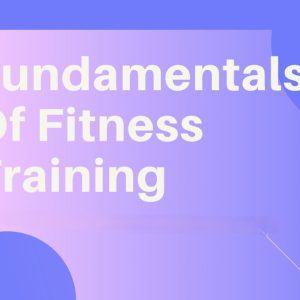Description
Injuries can derail athletic careers, but with the right knowledge, many are preventable—and recoverable. This course dives into the science and strategy behind keeping athletes healthy and getting them back in action. You’ll begin by studying the most common injuries in sports and fitness: sprains, strains, tendonitis, joint dislocations, overuse injuries, and ACL tears. You’ll learn about injury mechanisms from a biomechanical perspective and explore assessment tools that help identify at-risk movement patterns. Prehabilitation (prehab) techniques—including mobility drills, dynamic warm-ups, and stability training—are covered in detail, as are proven injury-prevention strategies for different sports. The course then explores rehabilitation protocols for various injuries, emphasizing stages of healing, progressive loading, and functional return-to-play criteria. Techniques such as RICE (Rest, Ice, Compression, Elevation), soft tissue release, proprioception training, and corrective exercises are introduced. The psychological aspect of injury recovery is also addressed, helping coaches and therapists support athletes mentally. Ideal for fitness professionals, coaches, physical therapy students, or athletes, this course bridges the gap between performance and safe, sustainable movement.





Bukola –
I took this course after a knee injury sidelined me, and it really helped me understand the recovery process. I’m now back to running with better habits and fewer setbacks.
Jimoh –
This course gave me the tools to better protect my athletes from common injuries. The warm-up routines and recovery strategies are already making a difference on the field.
Chukwuemeka –
This course added so much value to my personal training sessions. I feel more confident coaching clients through safe exercises and identifying early warning signs of injury.
Oluwaseyi –
The tips on flexibility, strength balancing, and post-injury routines were incredibly detailed. I wish I had taken this course earlier in my training—it would’ve saved me a lot of pain!
Kennedy –
It provided a great mix of practical guidance and scientific reasoning. The modules on biomechanics and soft-tissue recovery were especially helpful for my studies and internships.